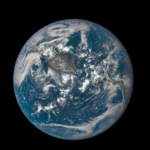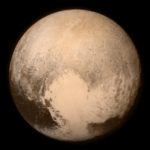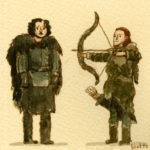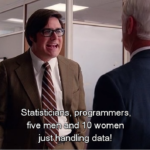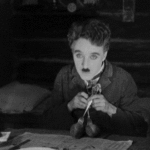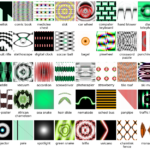1. La constante lumineuse restera désormais là, dans votre cervelle – 299 792 458 m/s
2. Imaginez que vous vous trouviez à Paris, sur le parvis de Notre-Dame, devant le point zéro des routes de France. […] Mercure, la planète la plus proche du Soleil, ne serait distante du point zéro que de 39 centimètres. Vénus se promènerait à 72 cm et la Terre, par définition, à 1 mètre exactement. Plus loin viendraient Mars, Jupiter et Saturne, à environ 1,50, 5,20 et 9,50 mètres. Uranus se situerait à 19 mètres et Neptune à 30. Et Pluton, actuellement, à 32 mètres. Loin ou proche ? Pour vous donner un indice, voici une autre question : d’après vous, à quel endroit se situerait, dans ce cosmos en miniature, la plus proche étoile du Système solaire, Proxima du Centaure ? Réponse : à Bruxelles.
(via « Au fait, c’est où ce Pluton ? » | Passeur de sciences)

